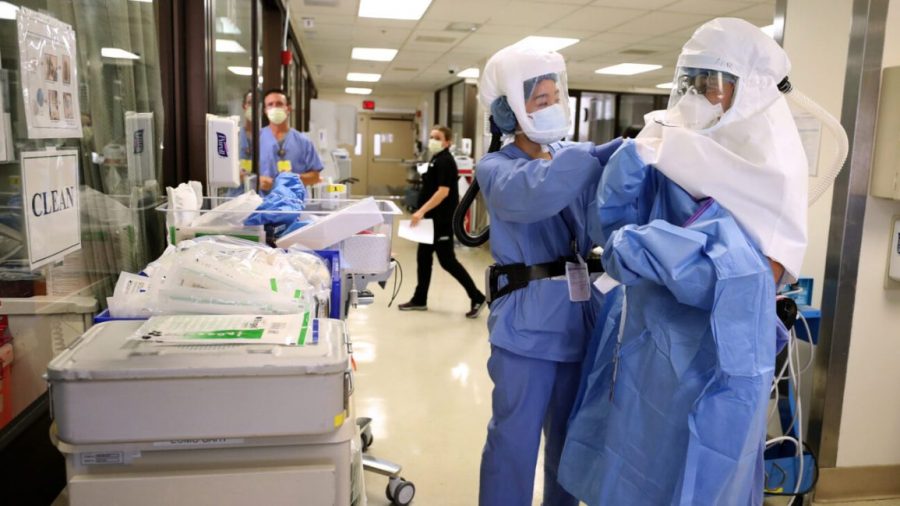How hospitals have been coping with the pandemic
December 18, 2020
During the Covid-19 pandemic over the past nine months, hospitals around the world have had to adjust their daily work to accommodate the health and safety of their patients and staff. If not for the precautions put in place, the healthcare system might have fallen apart.
Natasha Murphy, an employee of Penn Medicine in Philadelphia (Penn), shared about how her hospital is dealing with the pandemic. Penn is one of the top hospitals in the Northeastern part of the United States, that employs thousands of staff and cares for thousands of patients weekly.
Murphy stated that she, and her hospital, have made the necessary changes to the way they conduct their work since the pandemic began.
“I have shifted to a completely virtual workspace from home. During the pandemic the hospital has worked to create an environment where primarily only personnel essential for direct patient care, research and day-to-day operations are on campus,” Murphy said.
For the most part, only people who were directly responsible for patient care (doctors, nurses, and other clinicians) actually came into work: everyone else works from home.
In regard to the patients themselves, she says that many of them, especially in the early months of the pandemic, were fearful of in-person medical care as it risks exposure to the virus. Covid-19 would have a more serious impact on people who are sick.
“We have worked to create the safest care environment possible and are in constant communication with our patients and referring physicians to provide reassurance that it’s firstly, safe to come in for care when they’re in need and also, very importantly, critical that they not delay care,” Murphy explained.
The hospitals don’t want their patients to avoid care solely because of the virus, as it could cause their health to decline or condition to worsen if left unchecked.
Dr. P.J. Brennan, Chief Medical Officer and Senior Vice President of the University of Pennsylvania Health System, and Dr. Neil Fishman of Infectious Disease, who is Penn’s Chief Patient Safety Officer, have been two of the main staff behind the hospital’s operations during the pandemic. They have adjusted the procedures and policies of the hospital to ensure the safety of their patients and employees. Murphy says that the hospital hasn’t been so much struggling, but rather adapting to the circumstances.
The hospital’s top priority has always been to care for the most vulnerable; those who are facing illness and managing all magnitudes of health crises. Although it has been increasingly difficult during the pandemic, they have continued to uphold their promise.
More specifically, the hospital has made many improvements to keep everyone safe including: “virtual check-ins to reduce person-to-person interactions where possible; screening at all hospitals; universal masking requirements; social distancing through rearranged waiting areas and staggered appointment times, and enhanced cleaning, especially for high-touch spaces,” Murphy explained. “Covid-19 patients are also seen and treated in separate areas of the hospital to reduce exposure.”
These precautions have paid off for the hospital. All in all, Penn Medicine and hospitals around the world have seen a change in their work. But they all care about their patients’ health and safety and have adapted, no matter the cost.


